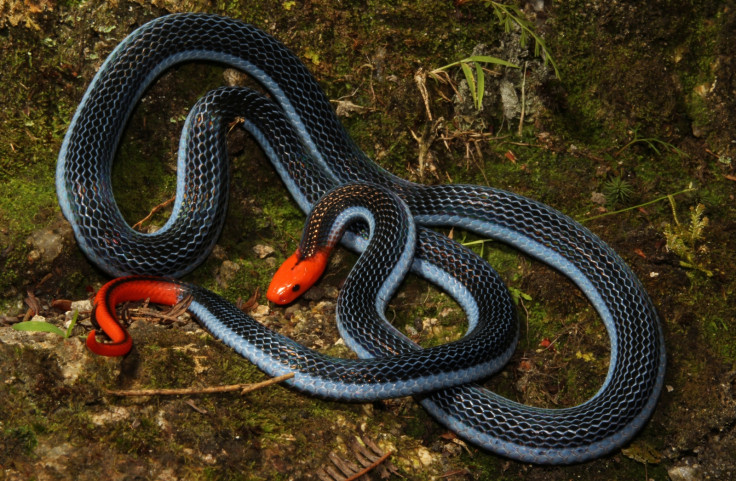Why do snakes shed their skin? This close-up video is fascinating and nauseating
Shedding is totally normal – even if it looks weird.
Snakes regularly shed their skin – a sight that can be as disgusting as it is intriguing for humans.
Brisbane resident and reptile enthusiast Scott Kickham recorded footage of his scrub python shedding its skin, offering insight into the process for those brave enough to watch.
Otherwise known as ecdysis, shedding is totally normal for a snake and it will continue to shed its skin as long as it is growing – so it will continue to shed until it dies.
A variety of insects, arthropods and lizards all shed their skin.
Over time, though, the frequency of snake shedding will change.
Younger snakes grow faster than mature snakes, so a young snake will shed more frequently than an adult of the same species.
But why do snakes shed their skin?
Essentially, a snake will shed to allow it to continue to grow. Unlike our skin, which grows as we do, snake skin has a limited capacity for growth so the snake will shed the outer layer.
A snake will encourage shedding by rubbing its head against a hard object such as a rock or piece of wood, which helps the skin to split and begin to separate.

The snake will then continue rub against objects to help the skin around the head peel back, until the snake is able to slide out of its old skin.
Unlike other animals, snakes often shed their skin so it is left in one piece. Snakes must also shed their eye caps during shedding.
Occasionally, domestic snakes or snakes in the wild will have problems shedding, often if there is a lack of moisture and dehydration. A snake will not shed if it is malnourished or has skin bacteria.
© Copyright IBTimes 2025. All rights reserved.





















